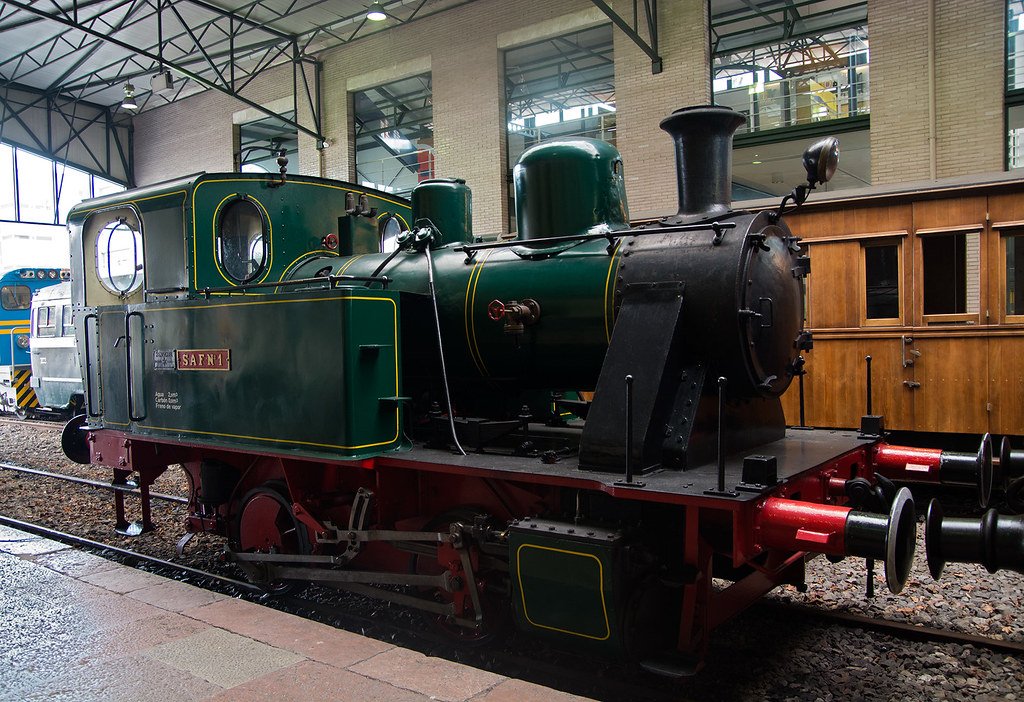
The Blackpool Fleetwood Tramway is one of the world’s oldest electric tram systems still in operation, tracing its roots to the Victorian era and evolving into a unique blend of heritage and modern transport.
The tramway officially opened on 29 September 1885, making Blackpool the first town in Britain to boast a permanent electric tram service. Initially operated by the Blackpool Electric Tramway Company, the line ran along the Promenade using a conduit system for power—an underground slot between the rails. However, this system proved problematic due to sand and seawater interference, leading to frequent breakdowns. By 1899, the conduit was replaced with a more reliable overhead wire system.
In 1898, the Blackpool and Fleetwood Tramroad Company launched a separate line connecting Gynn Square to Fleetwood. This 8-mile route passed through Cleveleys and Bispham, using overhead electric cables from the outset. The two systems remained independent until 1920, when Blackpool Corporation took over the Tramroad Company, integrating the lines and creating a continuous route from Starr Gate to Fleetwood.
Throughout the early 20th century, the tramway expanded inland with lines to Marton, Layton, and Central Drive. A new depot was built on Rigby Road in 1920, which remains the operational hub today. The 1930s marked a golden age under transport manager Walter Luff, who introduced a fleet of streamlined trams including the iconic Balloon cars, Open Boats, and Brush Railcoaches. These designs became synonymous with Blackpool and remain part of the heritage fleet.
Despite the rise of buses and cars, Blackpool resisted the nationwide trend of tram closures. By the 1960s, while other UK cities dismantled their networks, Blackpool retained its coastal line. Between 1962 and 1992, it was the only urban tramway in the UK, preserving its status as a living museum of electric transport.
The tramway faced challenges in the late 20th century, including aging infrastructure and declining passenger numbers. Innovations such as one-person-operated (OMO) trams and advertising wraps helped sustain operations. However, by the early 2000s, a major overhaul was necessary. In 2012, after extensive upgrades funded by local and national government, the tramway reopened with a fleet of Bombardier Flexity 2 trams, offering modern, accessible service along the 11-mile route.
Today, the Blackpool Fleetwood Tramway operates both modern and heritage services. The Flexity trams run daily, while vintage trams—including Balloons and Boats—offer seasonal rides and special tours. The tramway plays a central role in events like the Blackpool Illuminations, where illuminated trams become part of the spectacle.
Fleetwood remains the northern terminus, with trams running through its town centre along Lord Street. The route is unique in the UK for maintaining continuous operation on its original Victorian alignment. Plans for further expansion, including a proposed extension to Blackpool North railway station, reflect the tramway’s enduring relevance.
The Blackpool Fleetwood Tramway is more than a transport system—it’s a symbol of resilience, innovation, and seaside charm. It connects generations through its blend of nostalgia and progress, offering both locals and visitors a ride through history.
This history was generated using AI and is based on publicly available sources including Blackpool Tramway – Wikipedia, Blackpool Heritage Tram Tours, iNostalgia, and Visit Fleetwood.